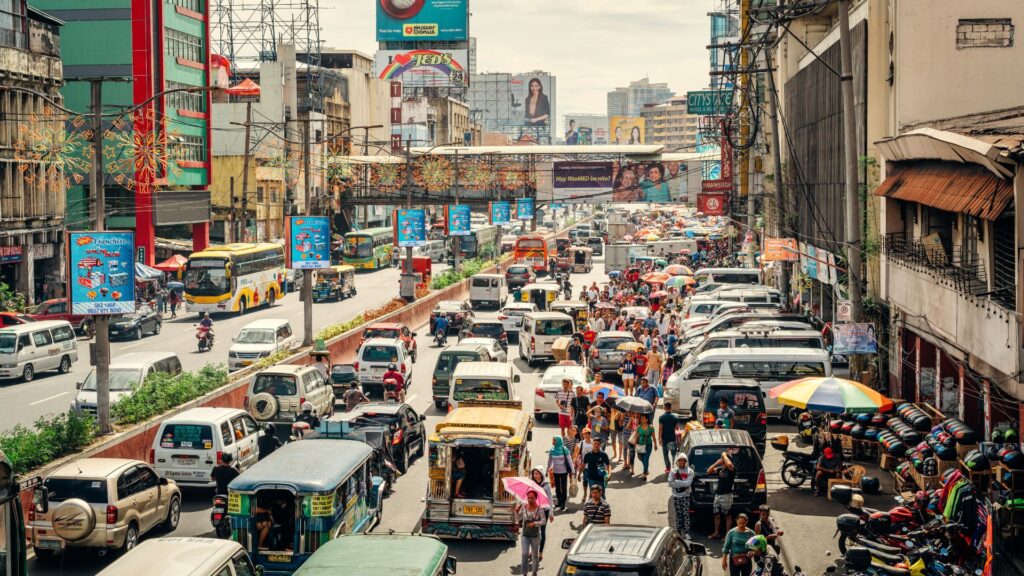Metro Manila, the bustling capital region of the Philippines, is renowned for its vibrant culture, diverse cuisine, and dynamic urban landscape. However, alongside its myriad attractions, it also grapples with a notorious reputation: traffic congestion. The intertwining web of roads that crisscrosses through the metropolis often transforms into a labyrinth of bumper-to-bumper vehicles, testing the patience of commuters and residents alike.
The root causes of Metro Manila’s traffic congestion are multifaceted, stemming from rapid urbanization, inadequate infrastructure, population density, and a reliance on private vehicles. As the economic and political center of the country, the region draws in millions of people daily for work, education, and leisure, exacerbating the strain on its transportation network.
One of the primary contributors to the traffic quagmire is the overwhelming dominance of private vehicles on the roads. With limited alternatives, many residents opt to drive their cars, leading to overcrowded thoroughfares and lengthy travel times. This reliance on personal transportation not only exacerbates congestion but also contributes to air pollution and carbon emissions, further exacerbating environmental challenges.
Despite these challenges, efforts are underway to address Metro Manila’s traffic woes. The government has initiated various infrastructure projects aimed at improving transportation efficiency, including the construction of new roads, bridges, and mass transit systems. Projects such as the Metro Manila Subway and the Skyway Extension aim to provide alternative modes of transportation and alleviate pressure on existing road networks.
Moreover, initiatives promoting sustainable transportation solutions have gained traction in recent years. The expansion of bike lanes and the introduction of bike-sharing programs encourage eco-friendly commuting options and reduce reliance on motor vehicles. Additionally, the implementation of flexible work arrangements and telecommuting practices by some companies helps alleviate peak-hour congestion by staggering commuting times.
However, while these measures hold promise, addressing Metro Manila’s traffic challenges requires a multi-pronged approach that encompasses infrastructure development, urban planning, and behavioral change. Enhancing public transportation networks, promoting the use of alternative modes of transport, and implementing traffic management strategies are crucial steps toward achieving lasting solutions.
Furthermore, fostering public awareness and participation is essential in effecting meaningful change. Encouraging citizens to embrace sustainable transportation options, such as walking, cycling, or using public transit, can help reduce congestion and improve air quality. Additionally, advocating for urban planning policies that prioritize pedestrian-friendly infrastructure and mixed land-use development can create more livable and resilient communities.
In conclusion, while Metro Manila’s traffic congestion remains a formidable challenge, it is not insurmountable. By adopting a holistic approach that integrates infrastructure development, sustainable transportation solutions, and community engagement, the region can move closer to realizing a vision of efficient, accessible, and environmentally-friendly mobility. Through collaborative efforts and innovative solutions, we can navigate the gridlock and pave the way toward a more vibrant and sustainable urban future for Metro Manila.




